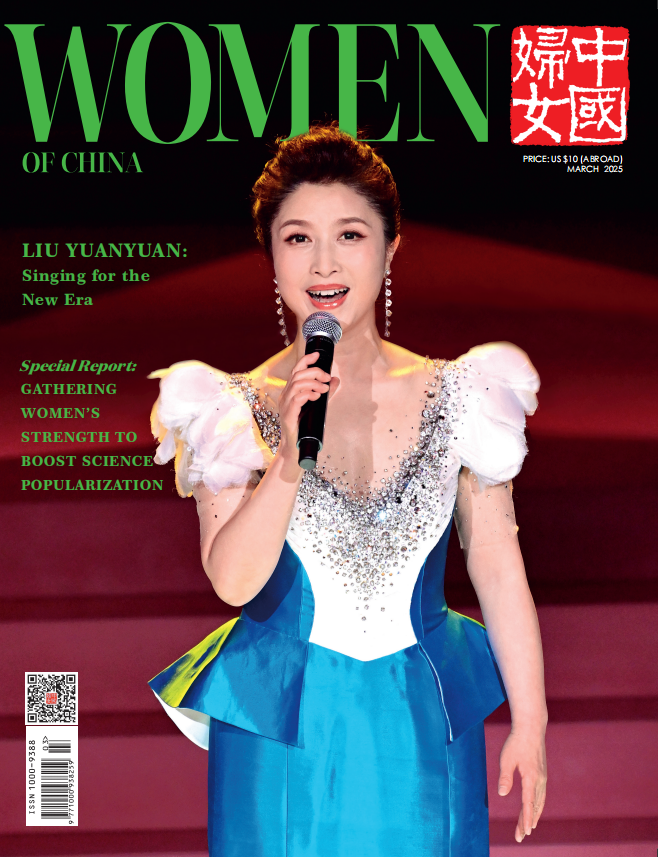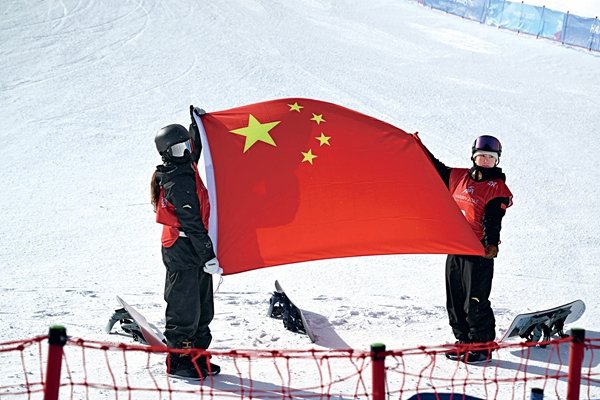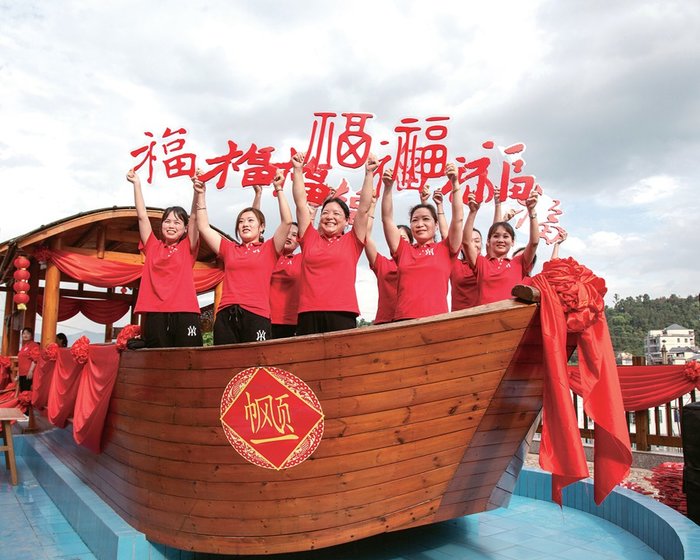Traditional Pastries Offer Taste of Yangzhou Culture

Fuchun Teahouse, tucked away in an alley in Yangzhou, a city in East China's Jiangsu Province, is a local treasure; so much so, in fact, that its customers return in droves. The teas and pastries served at the teahouse have become symbolic of Yangzhou's food culture. In 2008, the technique of making Fuchun-style pastries was added to the list of items of national intangible cultural heritage.
People in Yangzhou generally prefer to live a slow-paced lifestyle, beginning with a nice, relaxing breakfast to start their day. Zaocha, which literally means morning tea, is a cultural and social institution in Yangzhou. During their early morning meal, served in traditional teahouses or restaurants, the locals enjoy various delectable pastries and dishes — accompanied by steaming-hot tea.

The time-honored Fuchun Teahouse is an ideal option for people who want to appreciate Yangzhou-style breakfast, in a quiet, elegant environment. The history of the teahouse dates back to the late Qing Dynasty (1616-1911).
Chen Aiting established Fuchun Flower Shop in 1885. The shop began offering quality teas and delicate pastries during the 1910s, after Chen Buyun, Chen Aiting's son, took over management. Later, the shop was renamed Fuchun Teahouse. The teahouse evolved into a place where customers, especially local celebrities in political and/or educational circles, could appreciate flowers, taste teas and pastries, play chess and compose poems.
Through the continuous efforts of several generations of operators, the teahouse has persisted in offering fragrant teas and Yangzhou-style dishes and pastries — which look good, smell great and taste delicious — during the past 100 years.


Unique Tea
Tea culture is an indispensable part of traditional Chinese culture, and many Chinese habitually drink tea. China has four major tea-production areas, and tea-related social practices are common throughout the country.
In November 2022, China's traditional tea-processing techniques and associated social practices, were added to the Representative List of Intangible Cultural Heritage of Humanity of the United Nations Educational, Scientific and Cultural Organization (UNESCO). The Fuchun pastry-making technique was also on the list.
Kuilongzhu tea, created by Fuchun Teahouse during the early 1920s, is representative of the teahouse. Kuilongzhu is a blend of three teas; Longjing tea, produced in East China's Zhejiang Province, Kuizhen tea, produced in East China's Anhui Province, and Zhulan tea, processed by the teahouse. These teas are blended, based on specific proportions, to optimize the taste of the end product.
Kuilongzhu tea combines the amazing flavor of Longjing tea, the long-lasting color of Kuizhen tea, and the unique aroma of Zhulan tea. The fragrant tea tastes mellow, and it can help neutralize the aftertaste of a greasy snack or meal. The tea has been well received by both locals and tourists.


Exquisite Pastries
Pastries are an essential part of Chinese food culture. From one region of China to another, pastries reflect the local culture and folk customs. Yangzhou-style pastries are renowned for their exquisite shapes and diverse stuffing. Fuchun pastries and Kuilongzhu tea form the core of Yangzhou's unique morning tea culture.
Fuchun Teahouse offers more than 300 kinds of pastries. The pastries, made with quality ingredients, have vibrant colors, delicate shapes and mouthwatering flavors.
Sandingbao (steamed stuffed bun), one of the teahouse's most popular pastries, was created in 1915. Sandingbao has a thin exterior and a thick filling, composed of diced chicken, pork and bamboo shoots.


Each step in making the buns — from selecting and cutting the ingredients, to seasoning and frying the filling — has strict requirements. The dough should be perfectly pleated — 32 times — after the filling has been sealed. The palm-sized steamed bun must be shaped like a water chestnut, and its opening must resemble a crucian carp's mouth. Sandingbao has been widely praised by both Chinese and international tourists.
If you prefer something sweet, qiancengyougao (thousand-layer steamed cake) and the jade-colored shaomai (a kind of traditional Chinese dumpling that originated in Inner Mongolia Autonomous Region) are good choices. The two are celebrated as "Yangzhou double wonders" by locals.
Qiancengyougao has 64 flaky layers. It is tender and moist, and it tastes sweet. The jade-colored shaomai, which is shaped like a vase, is as exquisite as artwork. The skin, as thin as paper, is shaped like a lotus leaf. The jade-colored filling is made with chopped green vegetables, and shredded ham is placed at the opening.

Pastry makers use less oil and white sugar now, compared with the past, to meet customers' requirements for healthier food. Instead of tasting greasy, the shaomai is an excellent balance of sweet and salty.
In 2009, Xu Yongzhen, then 65, was recognized as a national-level inheritor of the Fuchun pastry-making technique. Xu has always been committed to innovating and improving the traditional pastry-making skills, to meet customers' demands.
She has learned from and shared pastry-making skills with pastry makers from other areas in China, and that has helped her create new pastries. She has also long been dedicated to teaching pastry-making skills to apprentices.
"I hope to pass on the Fuchun pastry making technique to more people, so the classic Yangzhou-style delicacies can maintain their dynamism and vigor," says Xu.
Photos from VCG
(Women of China English Monthly September 2024)
Editor: Wang Shasha
Please understand that womenofchina.cn,a non-profit, information-communication website, cannot reach every writer before using articles and images. For copyright issues, please contact us by emailing: website@womenofchina.cn. The articles published and opinions expressed on this website represent the opinions of writers and are not necessarily shared by womenofchina.cn.








.jpg)

 WeChat
WeChat Weibo
Weibo 京公网安备 11010102004314号
京公网安备 11010102004314号